Slow cooker v cast-iron casserole pot road test: Which braises best?
Slow cookers have a strong fan-base. But do the plug-in appliances cook wintry stews better than cast-iron casseroles? We tested them head-to-head, with surprising results.
Another day in the kitchen, another conundrum. I’m always in a rush but I love slow cooking. I’m keen on handy gadgets but I love the visible sizzle of a stove-top sear and stir. I can be persuaded to pay money for high quality, but I’m less keen on spending extra simply for a fancy brand.
So, what is the best way to braise my winter stews and turn chewy chuck steak into a beautiful beef Bourguignon? There’s only one way to find out: a rigorous and gluttonous road test.
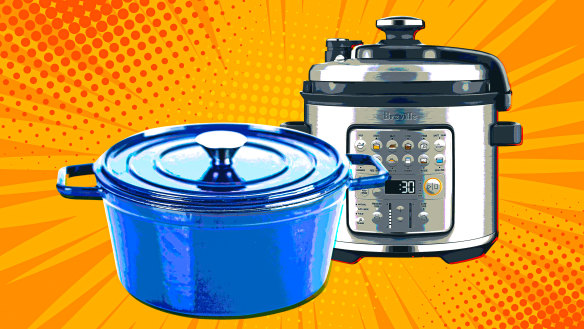
The gear
I took methods, vessels and brands head-to-head, assessing a slow cooker that doubles as a pressure cooker against various casseroles for benchtop, stovetop and oven across a range of ingredients and dishes.
Breville’s irresistibly named Fast Slow Cooker ($189) handles both speedy (and somewhat terrifying) pressure cooking and six- or eight-hour slow braising. It also has a saute setting, which is handy for searing meat and reducing sauces.
I tested it against a classic (and expensive) Le Creuset enamelled cast-iron casserole, a similar (but slightly less spendy) Le Chasseur version, a cheap (and great) Anko enamelled cast-iron casserole from Kmart and an (expensive) Australian-made Solidteknics all-steel rondeau, a half-height casserole.
How did they all stack up?
The gear
- Breville 6L Fast Slow Cooker ($189)
- Le Creuset 4.2L enamelled cast-iron casserole ($610)
- Le Chasseur 4L enamelled cast-iron casserole ($349)
- Anko 4L enamelled cast-iron casserole from Kmart ($30)
- Solidteknics 3L all-steel rondeau and skillet lid ($499)
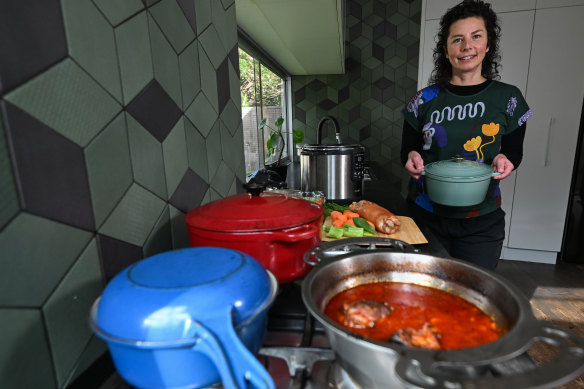
The test
Lamb shanks
I make a tomatoey lamb shank braise in the slow cooker, the Anko casserole and the Solidteknics rondeau. I brown shanks in all three. The sizzle is better in the two stovetop vessels but there’s less messy sputtering in the Breville. I bring the tomato and stock mixture to a boil before transferring the Anko and Solidteknics vessels to a 160C oven and setting the slow cooker for 6 hours.
The oven versions are equally good: the sauce reduces and is rich and lamby. The Slow Cooker softens the meat beautifully so it easily pulls from the bone, but I don’t find the flavours as melded: it’s more like a collection of well-cooked ingredients than a rounded dish.
All is not lost, though. I cook some penne, shred the shank meat and toss it through with the pressure-cooked chickpeas. Add a grating of parmesan and some chopped parsley, and dinner is exceedingly excellent.
Result: Casserole slays slow cooker.
Korean beef ribs
Again, this is slow cooker versus casserole, this time the Le Creuset and Chasseur. The results are similar to lamb shanks. The oven-cooked versions reduce more, the meat flavour is concentrated and there are some darker, almost crispy bits of rib that were exposed to air and heat. There’s more melding of key flavours, mostly gochujang and soy.
You can reduce the sauce in the slow cooker once the cooking time has elapsed. But I find there’s a less intense outcome when reducing the liquid at the end, rather than allowing a slow dissipation.
I also added daikon and nashi pear to each version. The slow cooker pear completely disintegrated, forming part of the sauce, while the casserole pear held its shape. Neither is a bad result, but it’s interesting how differently the ingredients respond depending on the cooking vessel.
Result: Casserole comes through again.
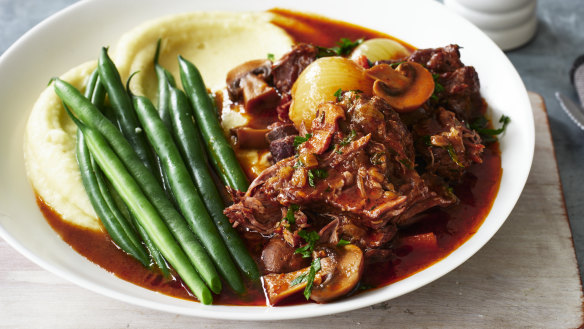
Beef Bourguignon
I cooked beef Bourguignon in both the slow cooker and the Anko and really fell in love with the latter: it’s a $30 workhorse and a delight to use. It heats well for even caramelisation, and has a sturdy stovetop-to-oven ethic. Again it’s the flavour for me.
The slow cooker does the job, and if you didn’t have a comparison, you would be totally satisfied. But I find myself going for casserole seconds and putting the slow cooker leftovers in the freezer for an uncertain fate.
Result: Falling in love with the Anko.
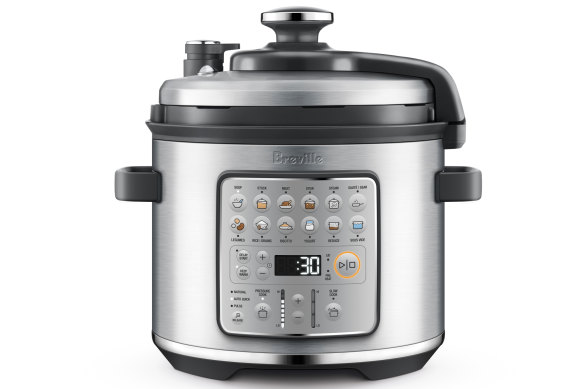
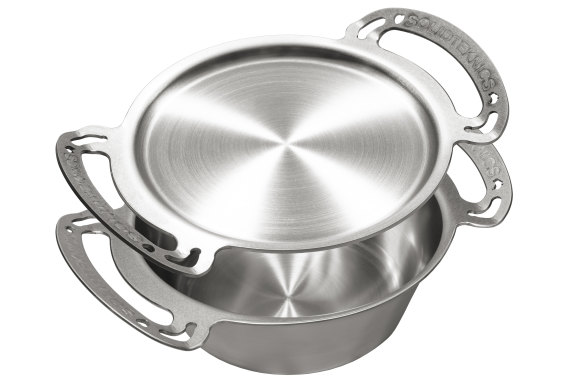
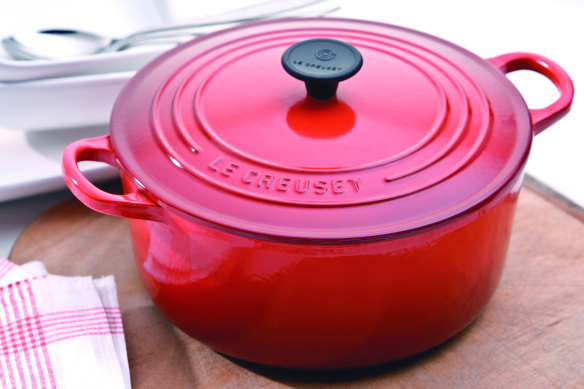
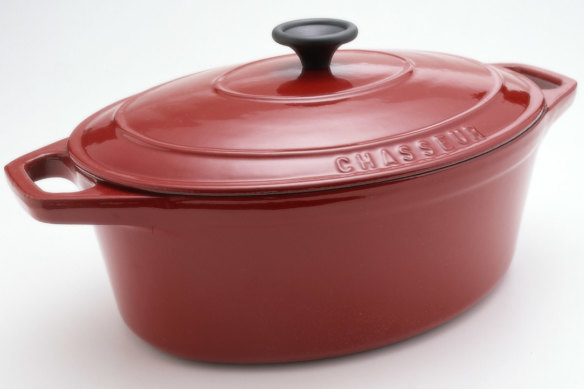
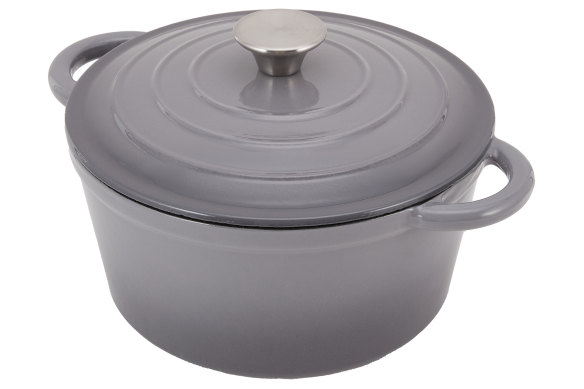
The verdict
If I was kitting out a kitchen from scratch, I would not buy a slow cooker. I don’t find the results as delicious as those from a regular casserole. Flavour, texture and appearance are all better by combining stovetop searing and oven braising.
The slow cooker has its upside, though. I’m trying to move away from gas, so I like that it’s a simple plug-in appliance because I still have a gas hob. If you are out of the home all day, slow cooking is handy because you can leave a stew cooking for up to eight hours and be confident that it won’t dry out. I do find the flavour a bit wishy-washy compared to a heavy pot, though.
The biggest surprise of this road test was the excellent Anko casserole. I don’t know how it can be $30, but it’s every bit as good to use as the Le Creuset that is 20-times the price. It is induction-friendly and comes in great colours. The only question would be durability. I have a tiny chip on the enamel after a few weeks of use.
The cut-price casserole is currently out of stock. “We expect more product to arrive in store and online within six weeks,” says a Kmart spokesperson.
Flavour, texture and appearance are all better by combining stovetop searing and oven braising.
I am a huge fan of Australian-made Solidteknics cooking kit, and the rondeau is a pleasure to use. Made from one piece of steel and free from rivets, welds and coatings, there’s nothing to chip, scrape or loosen. The rondeau conducts heat evenly and has a lid that doubles as a skillet. It’s easy to clean and I love the look, too. It’s the kind of kit you can leave to someone in your will.
Le Creuset and Chasseur are evergreen products with name prestige. Guess what? I’m happy to leave them behind.
The best recipes from Australia's leading chefs straight to your inbox.
Sign up